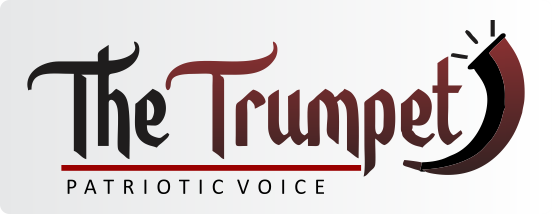The Independent National Electoral Commission (INEC) has appealed to women voters in Ondo State to fully participate in the upcoming November 16 governorship election by coming out en masse to vote on election day.
INEC Chairman, Prof. Mahmud Yakubu, who made the appeal at a stakeholders meeting ahead of the November 16 poll, declared that woman as major stakeholders in the electoral process in Ondo State need to be encouraged to take active part in pre-election activities and in casting their votes for the candidates of their choice.
Prof. Yakubu addressing participants at the stakeholders meeting, said that the Nov. 16 governorship election in Ondo State is not just a national election but one of global interest.
He disclosed that the commission has accredited 111 domestic and international organizations that are expected to send out 3, 554 election observers to monitor the election.
The INEC boss also revealed that 100 media outfits comprising all arms of the media of about 700 media personnel, with 129 female journalists inclusive is the largest number recruited for any major off- cycle gubernatorial election in Nigeria.
Read also: EFCC arrest Ex-Gov Ifeanyi Okowa over alleged N1.2 Trillion fund mismanagement
Prof. Yakubu added however, that another crucial stakeholders meeting will be organized by INEC on the eve of the election that will involve candidates, political parties, election observers and security agencies.
Also, he said accreditation tags, including election duty vehicles stickers other materials will be distributed, while the signing of a peace accord by all the political parties participating in the poll will be held priro to election day.
Ondo State Resident Electoral Commissioner, Mrs. Saseyi Ibiyemi, speaking at the event, revealed that the commission’s official website has uploaded detailed information on the number of collected and uncollected personal voters cards for each of the 3, 933 polling units across the state.
Mrs. Ibiyemi added that registered voters in the state were recorded by local government areas, gender, age, occupation and disability.






